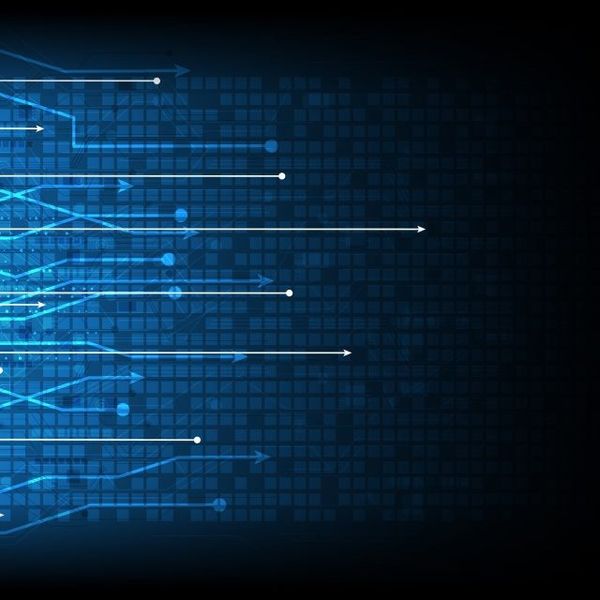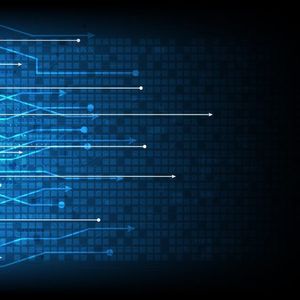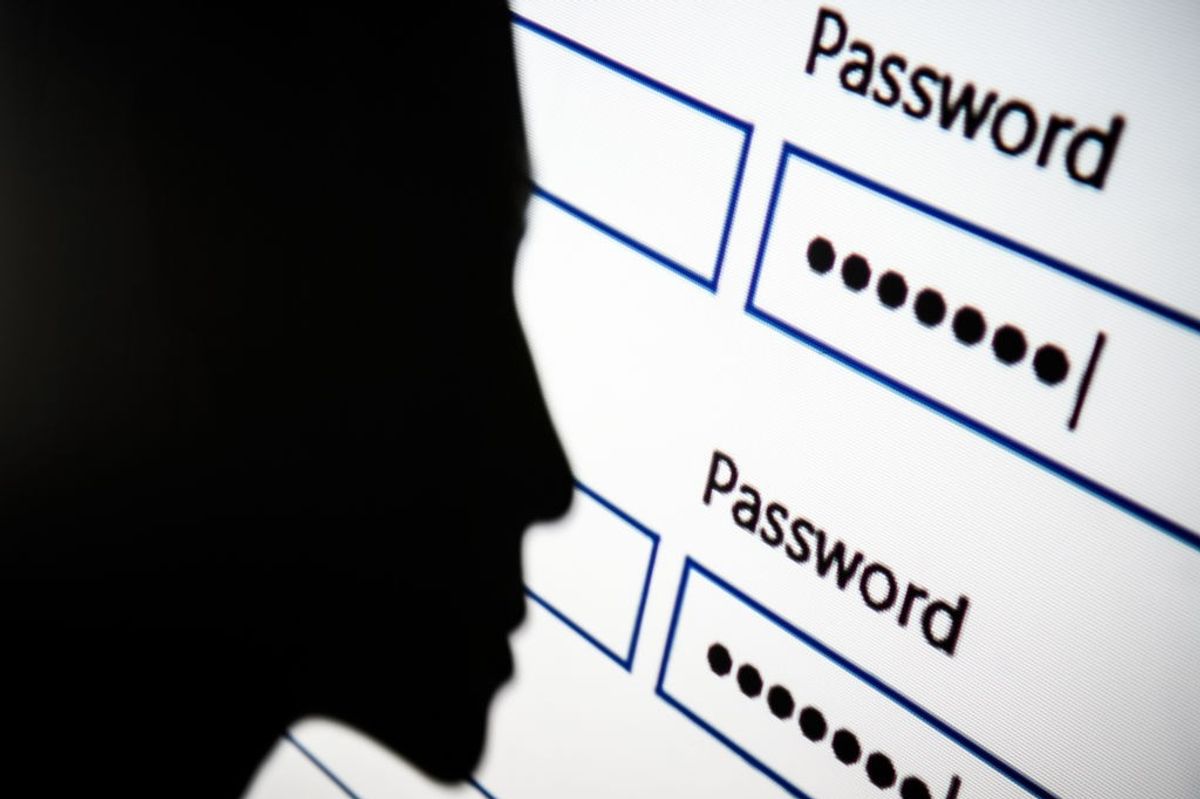EXPERT PERSPECTIVE / OPINION — As the U.S.–Japan alliance confronts an era where digital threats increasingly target economic stability and national security, integrating cyber strategy into the relationship is essential. The longstanding pillars of military, trade, and diplomacy have supported peace and prosperity. Still, the rise of cyberspace as a borderless, high-stakes domain demands that both nations make cybersecurity a foundational element of their partnership in the Indo-Pacific and beyond.
For decades, the U.S.–Japan alliance has been defined by three core pillars: military security, trade, and diplomacy. These foundations have underpinned stability in the Indo-Pacific, deterred aggression, and supported one of the most prosperous economic relationships in the world. However, in the 21st century, another domain has emerged to equal importance; a domain with no borders, where attacks can compromise systems in seconds, and where economic vitality, national security, and democratic stability are all simultaneously at stake. That domain is cyberspace.
While cyber cooperation between the U.S. and Japan has grown in recent years, it still lags far behind the deep integration seen in our military, diplomatic, and economic ties. The next phase of our alliance should build on the progress already underway, notably Japan's elevation of cybersecurity in its 2022 National Security Strategy, the establishment of the new Active Cyber Defense Law, and the reimagining of the National Cybersecurity Office (NCO). This momentum must be sustained and accelerated, integrating cyber strategy as deeply into our bilateral relationship as defense treaties, economic agreements, and diplomatic coordination.
The reasons are urgent and undeniable.
The Indo-Pacific region is the most dynamic and contested cyber environment globally. State-sponsored actors are targeting U.S. and Japanese critical infrastructure, defense industrial bases, financial institutions, and research organizations. Cyber espionage campaigns seek not only military secrets but also advanced technologies, trade negotiations, and energy grid designs.
In the past decade, Japan has faced increasingly aggressive cyber intrusions. The U.S. has endured the SolarWinds compromise, the Colonial Pipeline ransomware incident, and, more recently, the Volt Typhoon campaign, which highlighted the vulnerability of critical infrastructure to sustained state-sponsored intrusion.
The Cyber Initiatives Group Fall Summit is happening on Wednesday, September 17 from 12p – 3p ET. Join experts in industry to talk about the National Cyber Director’s Plan to put America First in cyber with the help of industry. Save your virtual seat now.
In this interconnected space, the distinction between a national security threat and an economic threat becomes meaningless.
Our adversaries see cyberspace as a strategic battleground, but this presents the U.S. and Japan with an opportunity. By working together proactively and strategically, we can shape the digital domain to our advantage rather than responding from behind.
To date, U.S.–Japan cyber cooperation has often taken the form of information sharing and ad hoc coordination during major incidents. These efforts are valuable but insufficient. What is needed now is a shift from coordination to proper integration, mirroring the way our military forces plan, train, and operate together, while fully incorporating the capabilities and expertise of private industry, which owns and operates much of the critical infrastructure at risk.
This integration should include:
Joint Strategic Planning – A bilateral cyber strategy that aligns threat assessments, policy objectives, and operational priorities across government and private-sector stakeholders.
Interoperable Cyber Defense Capabilities – Shared frameworks for incident response, intelligence analysis, and crisis communication that function in both peacetime and conflict, with seamless links between public agencies and corporate security teams.
Coordinated Deterrence Messaging – Public and private-sector channels working in tandem to signal to adversaries the costs of targeting either nation's digital infrastructure.
Integrated Supply Chain Security – Joint vetting of critical technology suppliers and coordinated responses to supply chain compromises, leveraging the visibility and expertise of both governments and industry, building on existing Quad supply chain initiatives.
Without a shared playbook, even the best intentions can falter under the pressure of a fast-moving cyber crisis. Integration, anchored by strong public-private collaboration, ensures that when, not if, a significant cyber incident hits, our two nations respond as one.
Cyber strategy is not only a defensive concern; it is also a fundamental economic priority. The United States and Japan are both global economic powerhouses. The prosperity of both nations depends on secure financial systems, uninterrupted data flows, and resilient supply chains that support their dynamic economies.
In the coming decade, our economies will be increasingly defined by advanced technologies, including artificial intelligence, quantum computing, 5G and 6G networks, and next-generation semiconductors. These technologies are both the engines of growth and the primary targets for theft and sabotage.
Consider semiconductors: Japan remains a critical supplier of advanced manufacturing equipment and materials; the U.S. is investing heavily in domestic production. A cyberattack on fabrication plants, intellectual property repositories, or logistics networks could ripple across both economies, shutting down industries and undermining strategic competitiveness.
An integrated U.S.–Japan cyber partnership would treat these risks with the same gravity as maritime chokepoints or energy supply vulnerabilities.
The U.S. and Japan each bring unique and complementary cyber capabilities. The U.S. possesses unparalleled cyber operational capabilities, both offensive and defensive, along with a robust ecosystem of cybersecurity companies and research institutions. Japan brings world-class expertise in operational technology (OT) security and precision manufacturing security, areas increasingly critical as cyber-physical attacks become more sophisticated.
Cyber strategies succeed with deep integration of the private sector. In both nations, a majority of critical infrastructure is privately owned and operated. A new framework for public-private cyber collaboration should include:
Bilateral Information Sharing Mechanisms – Building on models like Information Sharing and Analysis Centers (ISACs) and other information-sharing organizations between the U.S. and Japan, can facilitate cross-border sector-specific threat intelligence sharing.
Joint Cyber Range Facilities – Establish shared testing environments where government and private sector teams from both nations can simulate attacks and refine defenses together.
Coordinated Vulnerability Disclosure – Harmonize responsible disclosure processes to ensure critical vulnerabilities are addressed quickly without creating windows of exposure.
Sign up for the Cyber Initiatives Group Sunday newsletter, delivering expert-level insights on the cyber and tech stories of the day – directly to your inbox. Sign up for the CIG newsletter today.
The shortage of skilled cybersecurity professionals is a challenge in both the United States and Japan. Each country faces gaps in its cyber workforce, making it critical to consider adopting a joint approach to talent development. A bilateral strategy could include building joint fellowship exchange programs, fostering university partnerships, creating systems for mutual recognition of professional certifications, and introducing collaborative mid-career training opportunities.
Progress must be measured. Response coordination between partners should move from slow, manual processes to near real-time collaboration. Threat intelligence sharing must become largely automated, with indicators exchanged quickly enough to ensure operational soundness. Joint exercises should consistently demonstrate year-over-year gains in effectiveness, reflecting lessons learned and applied. Private sector engagement needs to expand significantly, drawing in a broad network of companies to strengthen resilience. At the same time, workforce development programs must scale to produce a new generation of cyber professionals equipped to meet emerging challenges.
Continuing to integrate cyber strategy into the alliance cannot stall. Simultaneous attacks on both nations remain possible. More insidious is the persistent erosion of economic competitiveness, the undermining of public trust in institutions, and the normalization of continuous low-level cyber aggression.
This gradual degradation is harder to rally against, but no less dangerous. Each day of delay allows adversaries to probe deeper, steal more intellectual property, and embed themselves further into our critical systems. The 2024 Volt Typhoon campaign, which pre-positioned nation-state actors in critical infrastructure for potential future disruption, demonstrates that our adversaries are not waiting for our policies to catch up.
The U.S.–Japan alliance has continuously evolved to meet the challenges of each era. In the Cold War, it focused on military deterrence. In the post–Cold War period, it embraced trade liberalization and economic integration. Today, as digital systems form the backbone of national strength and influence, cyber strategy must stand alongside defense, trade, and diplomacy as an essential element of our partnership.
The stakes are not just bilateral but global. As two of the most technologically advanced democracies, the U.S. and Japan have both the capacity and responsibility to lead in shaping a secure, open, and resilient cyberspace. Our combined expertise, spanning Silicon Valley innovation, Japanese precision engineering, U.S. cyber operations, and Japan’s drive toward a human-centered, digitally integrated society, positions us uniquely to set global standards.
To do less would be to leave the next generation with an alliance that is strong in legacy domains but vulnerable in the one that is defining the century.
The choice is clear: we must move beyond incremental cooperation and build a strategic U.S.–Japan cyber partnership worthy of the challenges ahead.
The digital future demands nothing less than complete integration of our cyber strategies, capabilities, and ambitions. Together, we can ensure that the Indo-Pacific's digital transformation strengthens democracy, prosperity, and security for decades to come.
Are you Subscribed to The Cipher Brief’s Digital Channel on YouTube? There is no better place to get clear perspectives from deeply experienced national security experts.
Read more expert-driven national security insights, perspective and analysis in The Cipher Brief because National Security is Everyone’s Business.














